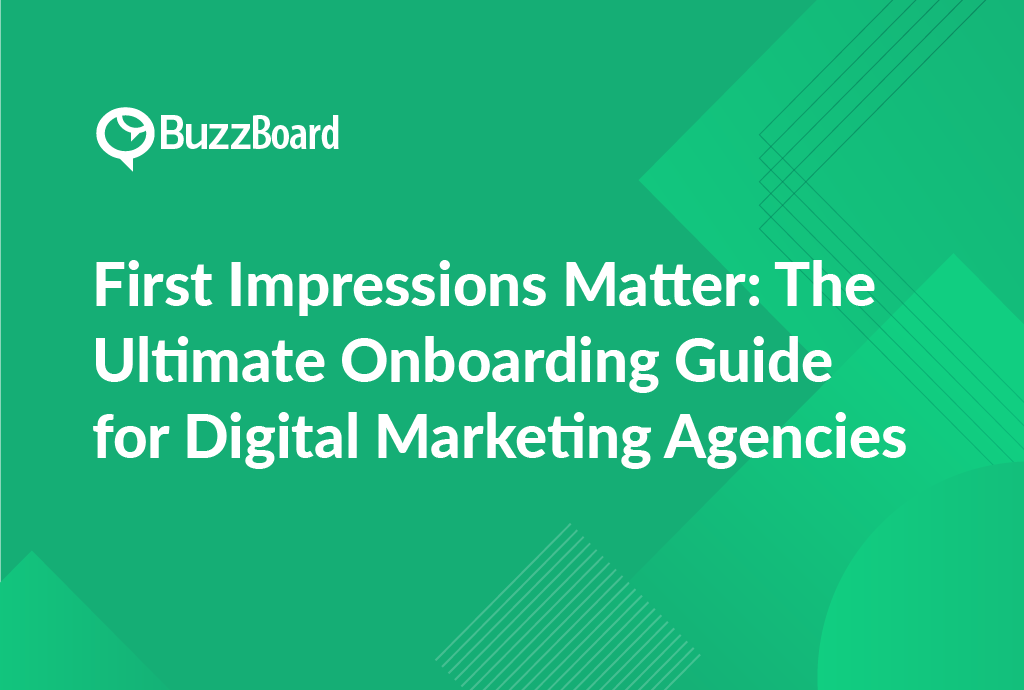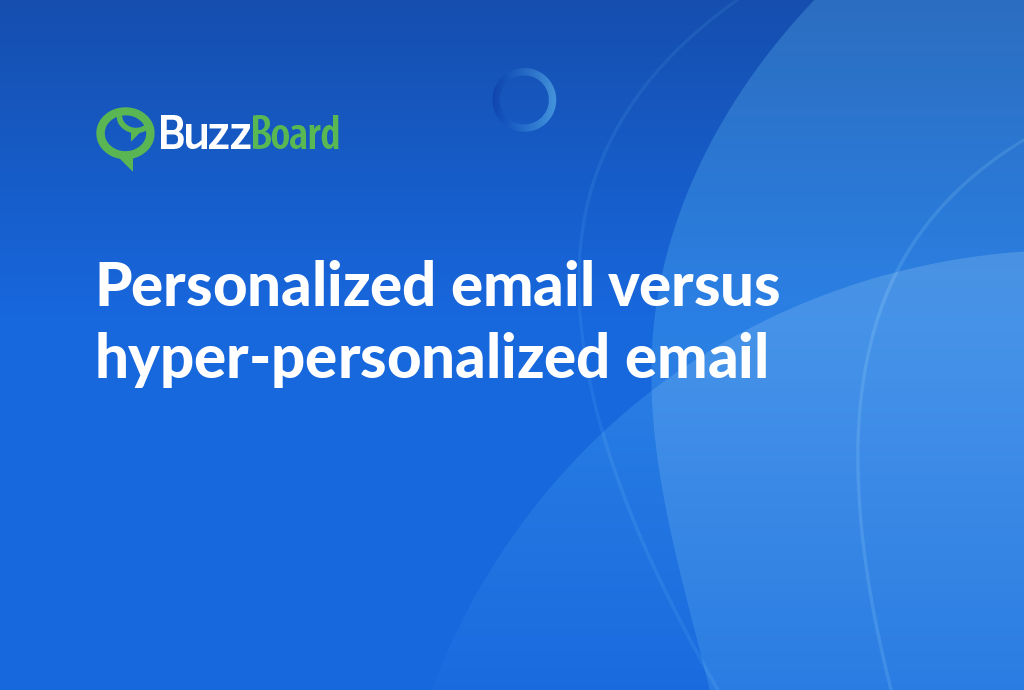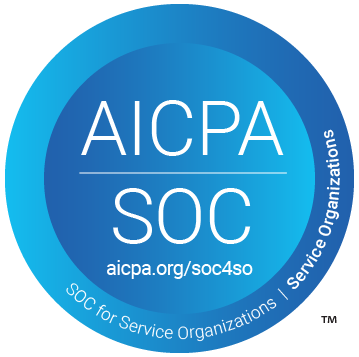Onboarding New Digital Marketing Clients
In the competitive digital marketing landscape, a seamless onboarding process is crucial for retaining clients and setting your agency up for success. In this comprehensive guide, learn how to create a tailored onboarding experience that exceeds client expectations, builds trust, and sets the stage for long-term partnerships. Discover the essential steps to ensure a smooth transition, from initial communication to project kick-off, and get ready to elevate your agency’s onboarding game.
The Importance of First Impressions When Onboarding New Digital Marketing Clients
The initial encounter with a client is crucial in establishing a professional and thriving relationship. When onboarding new digital marketing clients, it’s paramount to set a positive tone from the get-go. Why? It’s all about fostering trust, satisfying client expectations, and laying the foundation for a long-term affiliation.
Success in the onboarding process begins with understanding your clients’ businesses and their goals through digital marketing. In this step, goal setting is vital. Collaboratively setting attainable, realistic goals with new clients ensures a shared vision and sets the stage for a rewarding relationship.
Project management is the subsequent step. A properly managed project conveys proficiency, reliability, and dedication—all vital to strengthening ties with your clients. Don’t forget a robust project management strategy involves meticulous resource allocation, ensuring resources are sufficiently divided to meet the project’s goals.
Lastly, the significance of effective communication cannot be overstressed. It’s integral to define communication channels right from the start, so clients are aware of when and how they can reach you and vice versa. This creates a sense of security and encourages an environment receptive to dialogue and feedback.
Implementing these measures not only gives a positive first impression but also builds the foundation for a harmonious and professional rapport with your new digital marketing clients.
The Role of Managing Client Expectations During the Onboarding Process
The onboarding process for new digital marketing clients is pivotal in setting the foundation for a prosperous business relationship. It’s the first genuine opportunity to showcase your expertise and persuade clients they’ve made the correct decision. Key to a successful onboarding process is the management of client expectations.
Establishing realistic goals from the outset is critical. Goal setting should be a collaborative effort with the client. This doesn’t just build trust; it ensures both parties share the same understanding of the project’s success. This phase of project management necessitates comprehension of the client’s business needs to craft a tailored digital strategy.
The implementation of effective communication channels is necessary to keep the client abreast of the campaign’s progress, obstacles, and triumphs. Regular updates about resource allocation can also enhance confidence in your agency’s capacity to manage their investment efficiently.
Bear in mind, managing client expectations is more about transparency than perfection. It entails explaining your processes, flagging potential challenges, proposing strategic solutions, and articulating your team’s dedication to achieving their digital marketing goals.
Setting Up Achievable Goals for New Clients in Digital Marketing
One of the most crucial components when onboarding new digital marketing clients is setting achievable goals. This step is essential in managing client expectations and steering the project management process.
Effective goal-setting starts with a comprehensive understanding of the client’s business milieu. Grasping the client’s market, competitors, and target audience can direct the formulation of concise digital marketing goals in alignment with the client’s larger business strategy.
After the objectives are well-defined, the next step involves establishing key performance indicators (KPIs) that will gauge the success of the digital marketing campaign. Choosing KPIs that mirror the client’s objectives and are analytically credible ensures a reliable and accurate measurement of the campaign’s performance.
Client communication is also pivotal in this process. Setting up efficient communication channels guarantees the client’s active involvement in the project, promoting transparency, and ensuring that the agency and the client stay on the same page. Routine client updates also help manage expectations and maintain everyone’s understanding of the project’s progress and results.
Correct resource allocation is key as well. It’s insufficient to merely have a plan; clients must see the agency can carry it to fruition. Showcasing a strong management process, supported by a skilled team and necessary resources, will convince clients the agency can fulfill its commitments.
Effective Project Management for a Successful Onboarding Experience
Effective project management lies at the heart of a successful onboarding experience, particularly when it comes to new digital marketing clients. As salespeople, it’s crucial to satisfy your clients from the beginning by aligning your services with their specific goals. Key to this is managing their expectations while setting realistic, achievable targets.
Understanding client expectations at the outset of the partnership is vital. Open and comprehensive dialogue at this stage can help shape a tailored onboarding experience for your digital marketing clients. By clearly defining the expected outcomes within a set timeline, you can skillfully dissipate any apprehensions.
Subsequently, operating within the framework of informed goal setting is essential. A robust Project Management Structure serves as the spine, bringing each project detail in sync with the clients’ needs, identifying key performance indicators (KPIs), and outlining the steps required to reach the desired outcome.
Furthermore, an effective communication channel is an indispensable aspect of successful project management. Regular touchpoints, from progress-update meetings to email chains, foster transparency and align your efforts with client expectations.
Lastly, resource allocation often steers the overall triumph of your project. Assigning the right resources, both human and material, ensures an efficient workflow. This guarantees your clients receive optimal service while staying within set parameters.
Balancing Communication and Resources During the Onboarding Process
Onboarding new digital marketing clients is a transformative process that requires a careful balance between communication and resource allocation. Primarily, it involves aligning client expectations, setting realistic goals, and employing adept project management skills.
Understanding client expectations is at the heart of a successful onboarding process. Effectively communicating these expectations allows your team to establish clear deliverables, build trust, and ensure everyone is on the same page. Recent research indicates that 72% of clients cite ‘poor communication’ as the primary reason for ending relationships with marketing agencies. Thus, earning client trust through transparency should be a top priority.
Goal setting is another key component of onboarding. Aim to create a comprehensive plan that includes both short-term and long-term objectives. This doesn’t just bring clarity but also helps in creating a roadmap for the client’s journey.
Effective project management is crucial in achieving the right balance between communication and resource allocation. Utilize the latest project management tools and techniques for a smooth onboarding process and allocate your resources wisely to meet goals without sacrificing client communication.
Choosing the best communication channels—those that your client is comfortable with—also plays a vital role. Whether it’s emails, phone calls, or web conferences, ensure a rapid and easy flow of communication that suits both parties.
Mastering the art of balancing communication and resources during the onboarding process can result in higher client satisfaction and create long-term relationships. Remember, your client’s success is your success.









